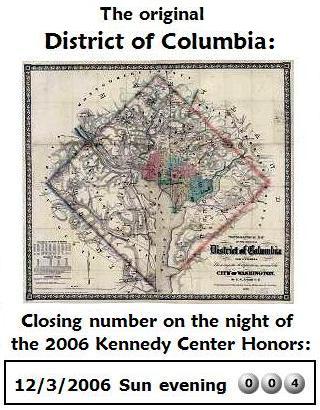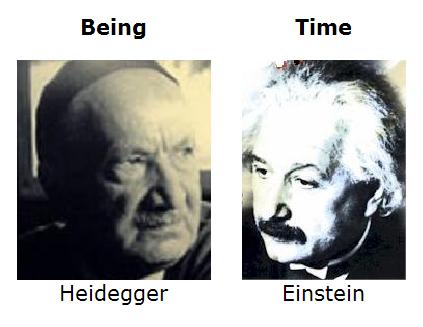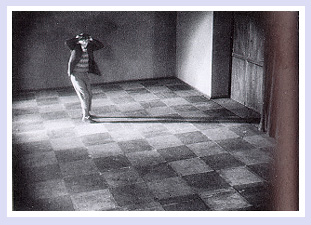|
"Logos and logic, crystal hypothesis,
— Wallace Stevens, |
Yesterday's meditation ("Simon's Shema") on the interpenetration of opposites continues:
"The fundamental conception of Tantric Buddhist metaphysics, namely, yuganaddha, signifies the coincidence of opposites. It is symbolized by the conjugal embrace (maithuna or kama-kala) of a god and goddess or a Buddha and his consort (signifying karuna and sunyata or upaya and prajna, respectively), also commonly depicted in Tantric Buddhist iconography as the union of vajra (diamond sceptre) and padme (lotus flower). Thus, yuganaddha essentially means the interpenetration of opposites or dipolar fusion, and is a fundamental restatement of Hua-yen theoretic structures."
— p. 148 in "Part II: A Whiteheadian Process Critique of Hua-yen Buddhism," in Process Metaphysics and Hua-Yen Buddhism: A Critical Study of Cumulative Penetration vs. Interpenetration (SUNY Series in Systematic Philosophy), by Steve Odin, State University of New York Press, 1982
And on p. 163 of Odin, op. cit., in "Part III: Theology of the Deep Unconscious: A Reconstruction of Process Theology," in the section titled "Whitehead's Dipolar God as the Collective Unconscious"–
"An effort is made to transpose Whitehead's theory of the dipolar God into the terms of the collective unconscious, so that now the dipolar God is to be comprehended not as a transcendent deity, but the deepest dimension and highest potentiality of one's own psyche."
Odin obtained his Ph.D. degree from the Department of Philosophy at the State University of New York (SUNY) at Stony Brook in 1980. (See curriculum vitae (pdf).)
For an academic review of Odin's book, see David Applebaum, Philosophy East and West, Vol. 34 (1984), pp. 107-108.
It is perhaps worth noting, in light of the final footnote of Mark D. Brimblecombe's Ph.D. thesis "Dipolarity and God" quoted yesterday, that "tantra" is said to mean "loom." For some less-academic background on the Tantric iconography Odin describes, see the webpage "Love and Passion in Tantric Buddhist Art." For a fiction combining love and passion with the word "loom" in a religious context, see Clive Barker's Weaveworld. This fiction– which is, if not "supreme" in the Wallace Stevens sense, at least entertaining– may correspond to some aspects of the deep Jungian psychological reality discussed by Odin.
Arendt and Heidegger
Click on image for details.

















 leve Gray,
leve Gray, 











 leads an esoteric, special existence beyond the fringe of what is generally acknowledged to be the academic world.”
leads an esoteric, special existence beyond the fringe of what is generally acknowledged to be the academic world.”








